Professional Learning: Prototyping with Cardboard
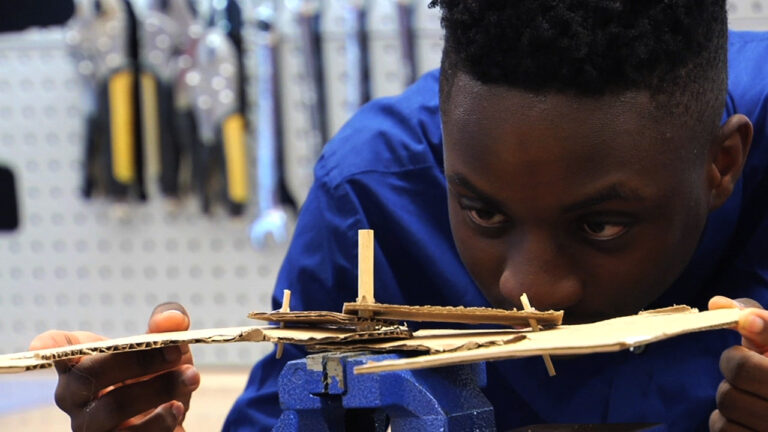
For educators and students, prototyping is essential in bringing innovative ideas to life, and it all starts with choosing the right materials.
Inventionland Education offers a hands-on introduction to prototyping as part of its extensive professional learning program.
In this case, we’ll cover one of our most professional workshops because cardboard is one of the most versatile materials available. This workshop provides educators with the tools and techniques to transform simple cardboard into functional prototypes that spark creativity and innovation so your students can learn in a very hands-on, interactive way.
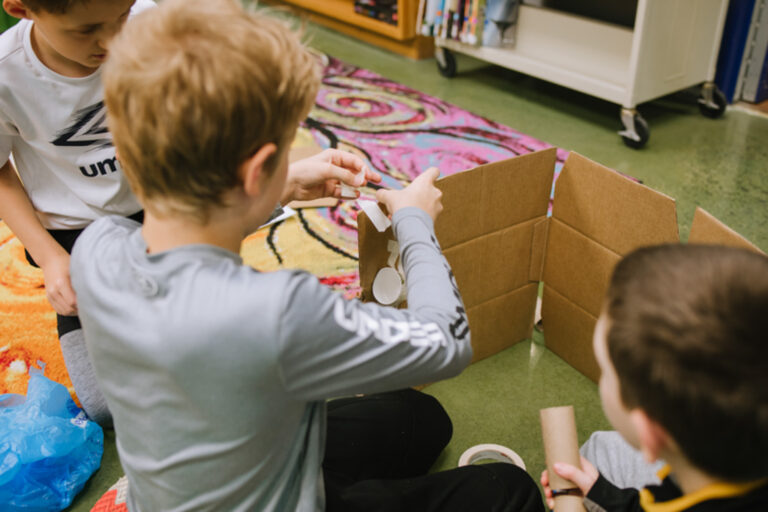
Why Cardboard is the Perfect Medium for Prototyping
![]()
Cardboard is often the go-to medium for prototyping due to its accessibility and practicality. It is an inexpensive material found almost anywhere, from shipping boxes to retail packaging. Its lightweight yet durable nature allows creators to build strong structures while remaining easy to manipulate. Whether folding, cutting, or layering, cardboard’s versatility makes it ideal for prototyping projects.
Not only is cardboard affordable, but it’s also sustainable. Repurposing cardboard for projects reduces waste and teaches valuable lessons in eco-conscious innovation. Its surface can be easily written on or marked, making it an excellent choice for brainstorming and labeling parts during the early design stages.
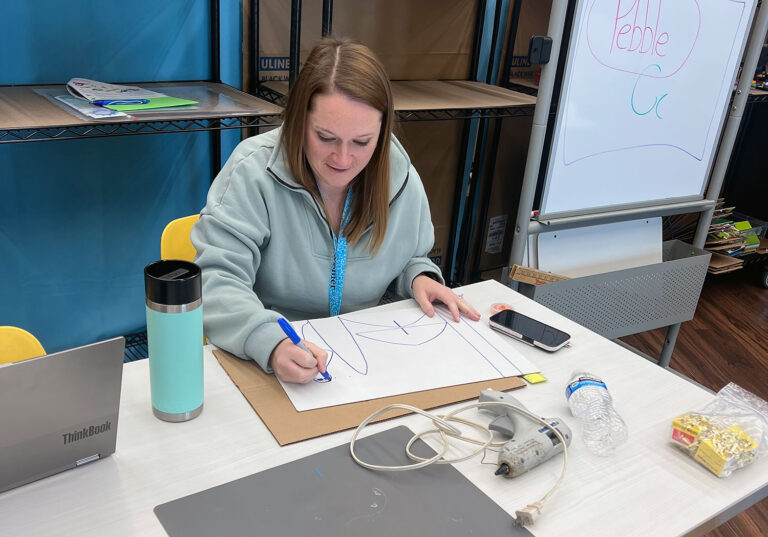
Folding and Shaping Techniques for Cardboard
Mastering cardboard involves learning specific folding and shaping techniques. Simple folds, tabs, and slots can create sturdy joints, while curves can be achieved by scoring the surface lightly before bending.
Layering pieces strengthens larger prototypes, allowing them to support weight or withstand pressure. These techniques empower creators to transform their ideas from flat sketches into three-dimensional models.
Participants in the Inventionland Education workshop will gain hands-on experience with these methods. They will explore how to create stable structures, movable components, and intricate designs—all using basic tools like box cutters, rulers, and glue.
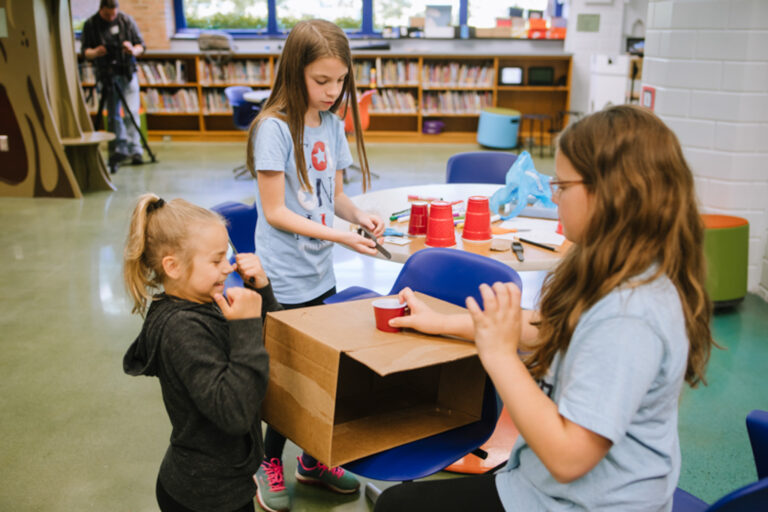
Prototyping Projects with Cardboard
From functional prototypes to imaginative creations, the possibilities with cardboard are endless. Some popular projects include:
- Structural models: Bridges, towers, and architectural prototypes.
- Mechanisms: Moving parts like gears, levers, and pulleys.
- Wearable designs: Costumes, accessories, or wearable tech prototypes.
- Interactive models: Game boards, puzzles, or pop-up mechanisms.
Each project showcases how cardboard can bring ideas to life while serving as an approachable medium for inventors of all ages.
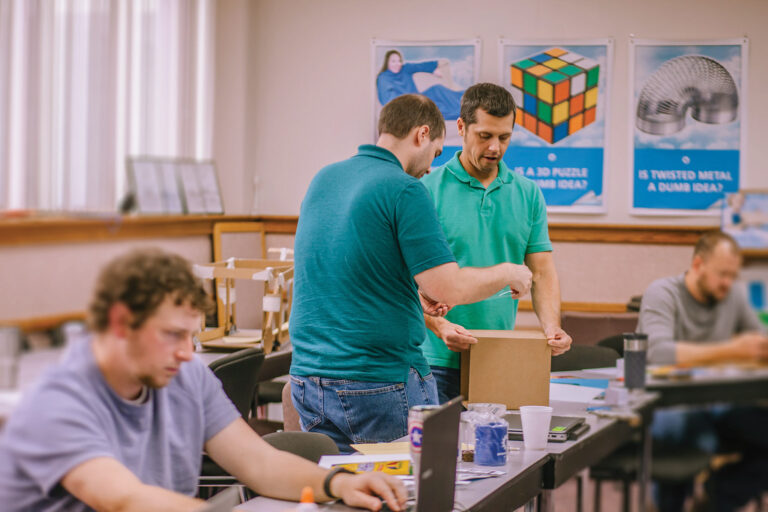
Working with cardboard becomes even more effective with these pro tips:
- Scoring for smooth bends: Use the back of a utility knife to score lines without cutting through, making folds cleaner and easier.
- Reinforce weak points: Add layers or use tape to strengthen areas that experience stress or pressure.
- Mark before cutting: Always measure and draw outlines to ensure precise cuts and prevent material waste.
- Experiment with adhesives: Different glues and tapes can provide varying levels of strength and flexibility.
- Decorate and detail: Use markers, paint, or printed labels to add finishing touches that bring prototypes to life.
Questions and Answers
![]() Every Inventionland Education workshop can begin and end with an open Q&A session, allowing participants to ask questions, share insights, and troubleshoot any challenges they face. This interactive portion fosters collaboration and encourages attendees to think outside the box—literally.
Every Inventionland Education workshop can begin and end with an open Q&A session, allowing participants to ask questions, share insights, and troubleshoot any challenges they face. This interactive portion fosters collaboration and encourages attendees to think outside the box—literally.
Prototyping with cardboard is more than just an exercise; it’s a gateway to exploring creative problem-solving, sustainable practices, and hands-on learning. By teaching these foundational skills, Inventionland Education inspires a new generation of inventors to dream big and start small, one piece of cardboard at a time.